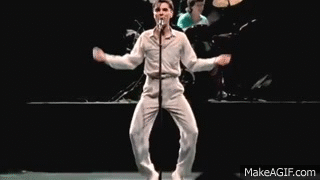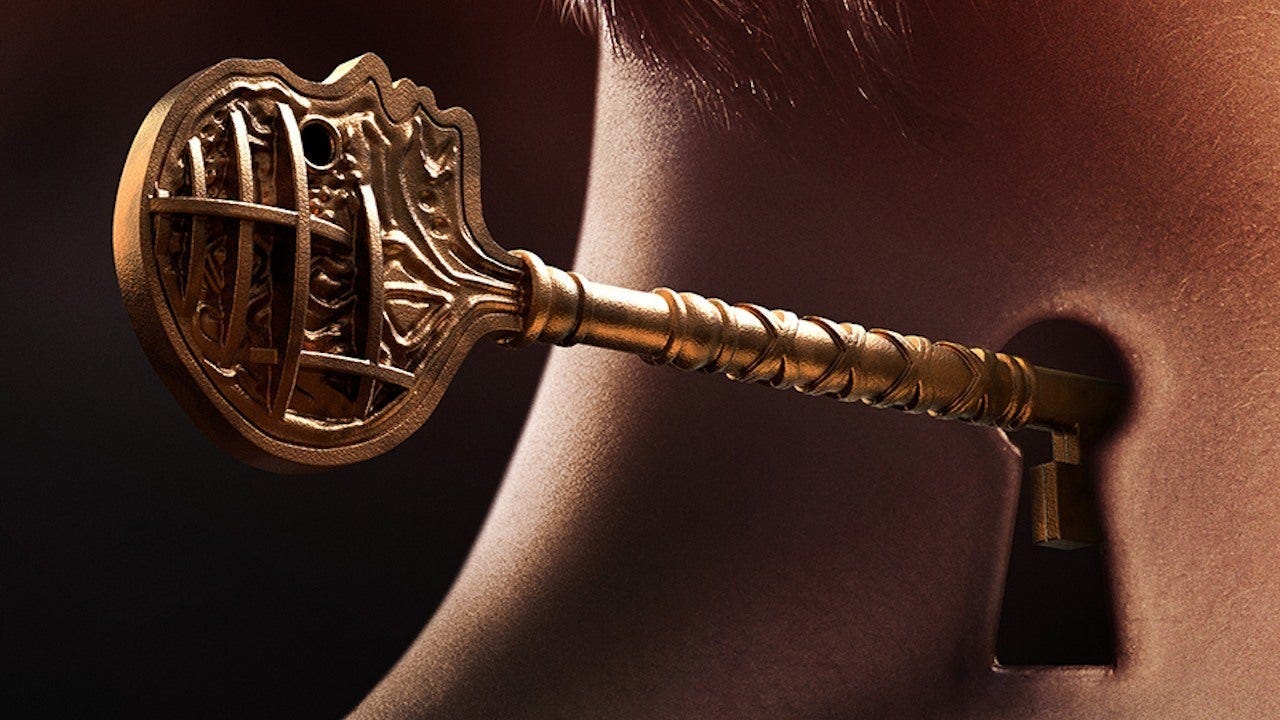Making Sense
More process. Plus: Valentine's Day playlists
Houses in Motion
Apologies for both the probable typos in today’s newsletter. I’m in Boston, having spent a couple of nights at my parents’ house and now at an AirBnB downtown, trying to find comfortable coffeeshops in which to work.
While at my parents’, I braved their attic to excavate teenaged artifacts to jar some memories for the YA and nineties-set projects I’m working on. I found a lot, most of it embarrassing, not just from my high school years, but from pre-school and elementary school too, including this, which I immediately texted to my writing partner so he’d understand the kind of genius he works with:
While he was definitely impressed, Acker also pointed out that this is the resume for henchmen to Batman villains.
On Board
Continuing the dissection of my writing process which has involved very little, y’know, writing at this point.
Last week I described the ideation stage, during which I wander around the house, pick things up and put them down, listen to music, and try to figure out what a given story is really about. After a couple of days or weeks of this, my brain reaches a multiverse of madness and I have to start writing down some ideas.
At this point, though, the ideas are formless. Maybe I know an ending, maybe I know a beginning; I always have a vague sense of the characters and what their journeys may be. But there’s no structure, and at this point I’m not clear how everything fits together.
So, this is when I go to the small dry-erase board in my office. There, I’ll jot down plot points, character aspects I don’t want to forget, questions that need answering. Giving some definition to the formless, globular ideas.

This is also where I land on names for characters, if I hadn’t already. Naming characters is always the beginning of making a story real to me. When I name a character, I’m finally thinking in terms of a person rather than the idea of one. Their personalities and arcs become stickier.
What Good Are Notebooks?
Once I get some of these thoughts down, I head into a notebook to start fleshing them out and putting them into some kind of order. I’ll write out sequences as they would, hopefully, appear in the script, sometimes with dialogue, usually without.
Mostly, it’s stream-of-conscousness storytelling, a pre-outline in which I’m describing scenes but they’re not necessarily in the order in which they’ll finally appear.
Below is an example. It’s rough ideas for a short film that occurred to me last week and which I wanted to get down quickly. Again, I think you can at least make out that it’s primarily about tone and character.
Author Joe Hill (Locke & Key; NOS4A2) began writing his novels and stories in longhand about fifteen years ago. In part, the practice was because in the notebook, “there’s no Twitter. There’s no Wikipedia.” But there’s also something mentally unrestrained about the informality of the notebook:
No one is ever gonna see that notebook but me. No one is ever gonna see all my crappy ideas laid out there or all my terrible sentences. And that’s very freeing. It turns off the internal critic, so you’re just free to write.
The other thing which is great is I can leave notes to myself. So, I’ll like write a page and then I’ll write something else in red pen up top saying, “Drop that middle paragraph and insert everything from page two to five here. It’ll be better here.”
I was writing a shot story for an anthology very recently and it turned out to be huge, it was like fifty pages long, it filled a notebook, and in the middle there’s a story-within-the-story. And when I finished writing that story-within-the-story I put a giant binder clip on it, and I wrote, “This is the actual short story,” on top.
Actual Keyboard Writing Time!
After I have a kind of critical mass in a notebook, I’ll attempt to get it down into some semblance of an outline, so that my partner or another collaborator can look at it and sign off. Lately, however, I’ve felt confident enough after living in the notebook for a few weeks to go directly to script. That does involve a lot of leafing through the notebook to find the scene or line that I want while writing, but I also like the invention and looseness of just writing a draft.
I’m sure we’ll return again and again to the sitting-down-and-writing process, mine and others’. It’s the stage I am currently with this new feature script. I’m excited to hammer out scenes and pages, now that I know who these characters are and have a rough idea of the shape of the thing.
Unfortunately, I don’t think this Boston coffeeshop, with no wifi and very good coffeecake, is going to be the right space for it. Heaven is a place where nothing (productive) ever happens.
Silly Love Songs
Of course I made a couple of Valentine’s Day playlists for Little Dom’s restaurant. Love songs are the best songs; everybody knows this.
I made these last year, but these are pretty much still the musicians I’m mostly listening to. You’ll find a fun mix of new and old stuff.
And probably a disproporionate amount of Neil Diamond, who my wife and I got super into after watching Midnight Mass over Christmas 2021. We’d listen to Diamond’s 50th Anniversary Collector’s Edition greatest-hits album and incredulously ask each other, “were our moms right? Is Neil Diamond amazing?”
The answer is yes. Neil Diamond is amazing.






I’m so ashamed & feel so silly to think “but how do you make changes in the notebook!?!” Only to clearly read that, duh, you make a note to yourself. May your inner Boston get you through the peril that is northern weather. My heart is out to you!